
The groundbreaking work of these artists and activists needs to be celebrated.
February 06 2018 2:47 PM EST
January 31 2021 9:01 PM EST
By continuing to use our site, you agree to our Private Policy and Terms of Use.

The groundbreaking work of these artists and activists needs to be celebrated.
Audre Lorde
Essayist and poet Audre Lorde not only wrote passionately, but she also gave the gift of words to others as a librarian in New York public schools during the 1960s. In her published work, Lorde eventually fully embraced her lesbianism, even with her marriage to attorney Edward Rollins from 1962-1970. Her first volume of poems was published in 1968 at Tougaloo College, where she met long-term partner Frances Clayton. Her 1976 work The Black Unicorn was a masterful summation of her life, so far, "as a black woman, a mother, a daughter, a lesbian, a feminist, a visionary," as contemporary Adrienne Rich said.
Later in the literary journal Callaloo, Lorde responded to critics, specifically antigay North Carolina Sen. Jesse Helms: "My sexuality is part and parcel of who I am, and my poetry comes from the intersection of me and my worlds... Jesse Helms's objection to my work is not about obscenity... or even about sex. It is about revolution and change... Helms knows that my writing is aimed at his destruction, and the destruction of every single thing he stands for." Lorde later chronicled her journey with cancer after she was diagnosed in The Cancer Journals. In her last year of life, 1991-1992, Lorde was the poet laureate of New York. She died in 1992 of breast cancer, but her legacy lives on in the Audre Lorde Project, an LGBT organization in New York focused on social and economic justice.
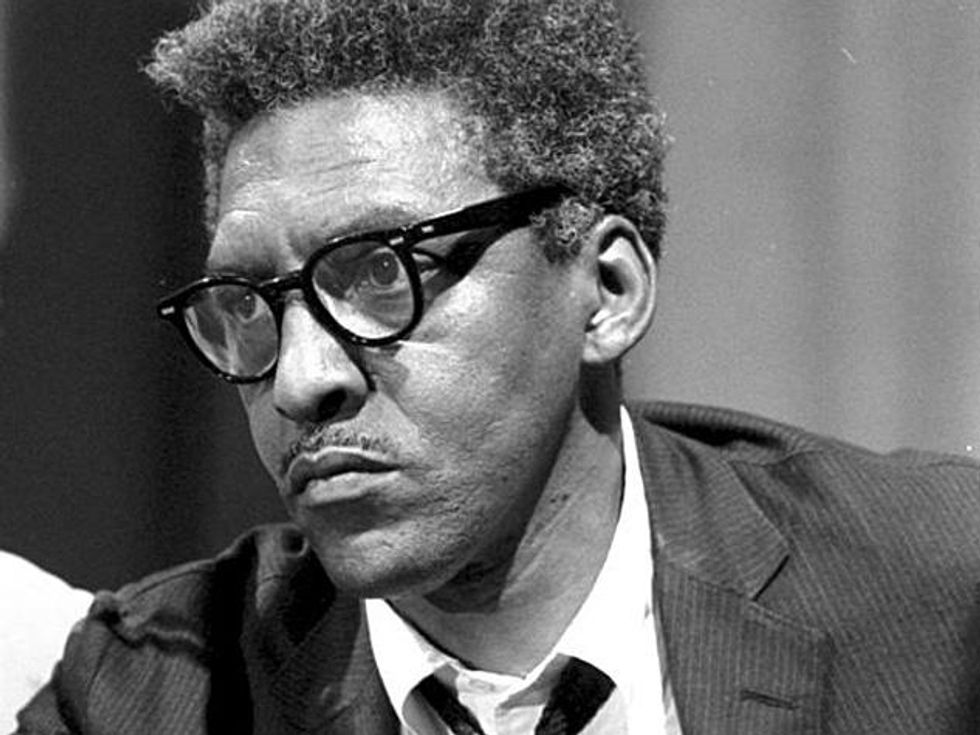
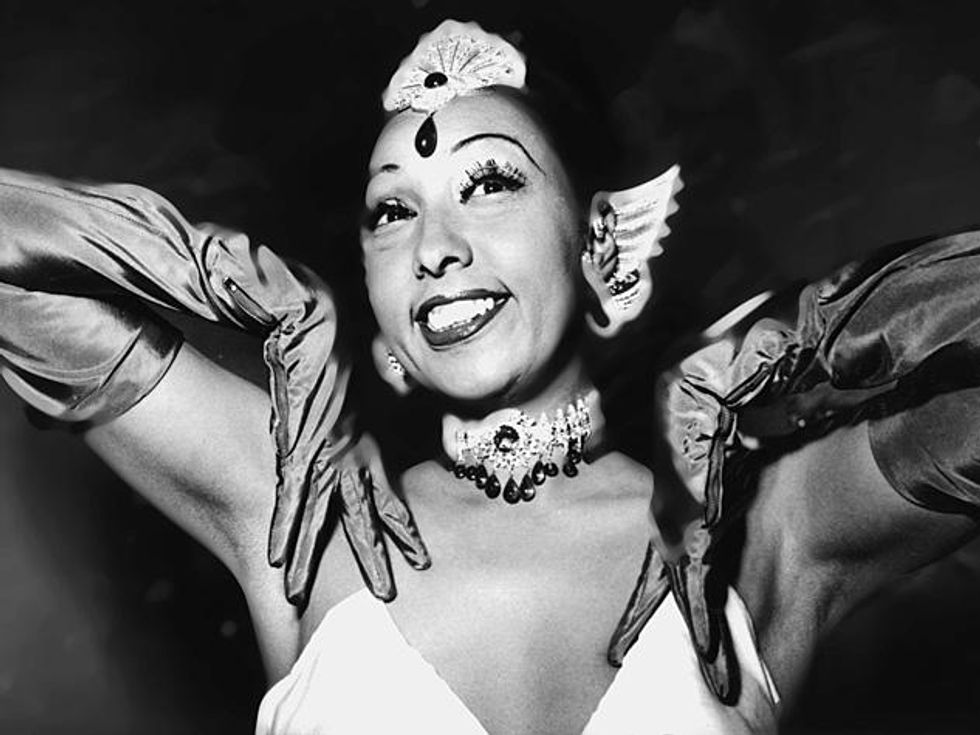
Josephine Baker
Feeling less-than-welcome in her home country, Josephine Baker fled the U.S. for France, where she thrived as a dancer, singer, and actress. She was the first African-American woman to star in a major motion picture and to become a world-famous entertainer. She is also noted for her contributions to the civil rights movement in the United States, for assisting the French Resistance during World War II, and for being the first American-born woman to receive the French military honor the Croix de Guerre.
Baker came from a hardscrabble background; she was descended from former slaves, and she was sent out to work at age 8. She dropped out of school at 12 and danced on street corners for handouts. She was recruited for the vaudeville circuit, and her easy combination of humor, grace, and raw sexual energy skyrocketed her to international fame. She became a symbol of the modern age, embodying the lines and grace of an ebony art deco statue.
Clara Smith, Evelyn Sheppard, Bessie Allison, Ada "Bricktop" Smith, and Mildred Smallwood were all women she met while touring on the black performing circuit early in her career, and were all rumored to be her lovers. Other diamonds in her crown were lovers Colette, the French author of Gigi, and iconic Mexican artist Frida Kahlo.
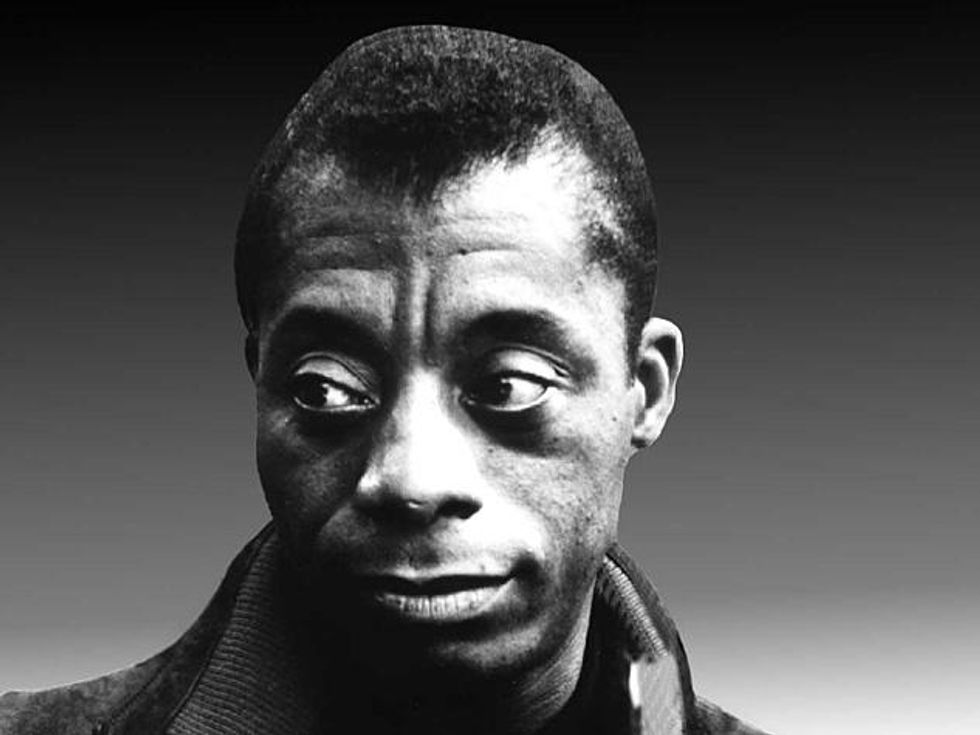
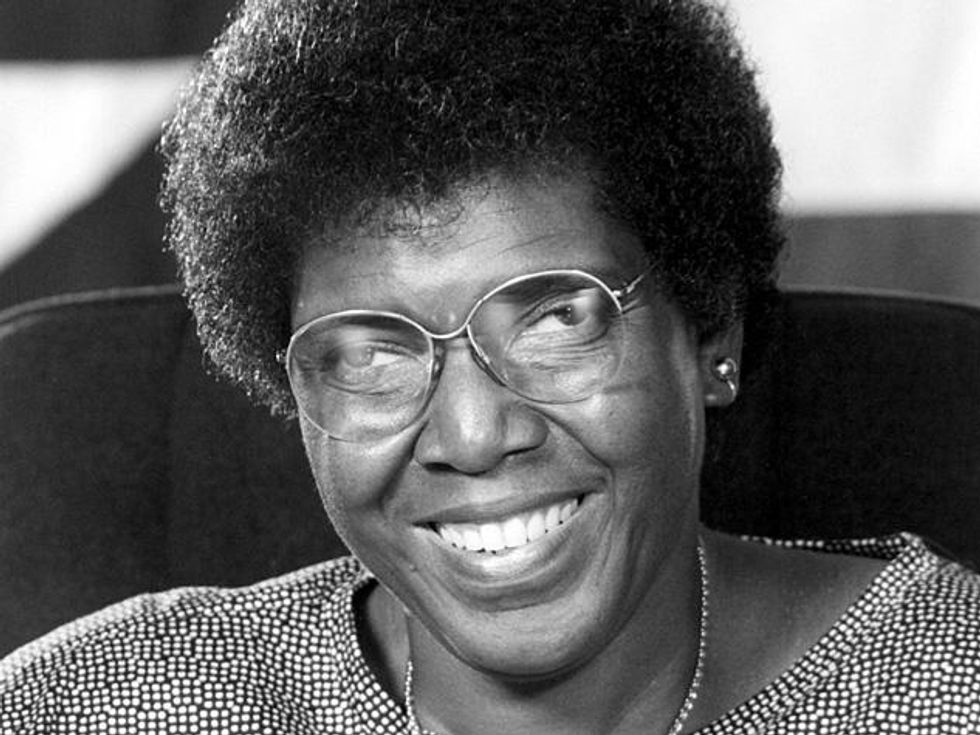
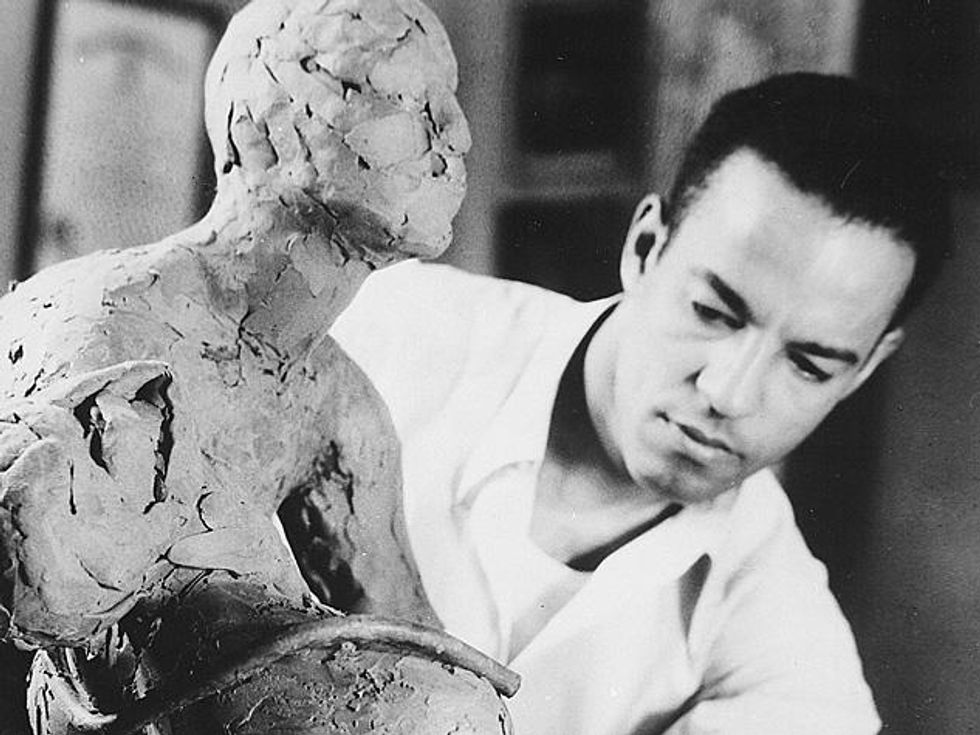
Richmond Barthe
Richmond "Jimmie" Barthe was a sculptor and a key figure in the Harlem Renaissance in the 1930s. That he was also a gay man who expressed his orientation in his work is most likely why he fell into obscurity by the 1940s. Much of his art depicted African-American men in sensual poses, often nude. Today, his work seems not that confrontational, but in a basically racist, sexually nervous America of the middle of the last century, it is remarkable that his work received the acclaim that it did.
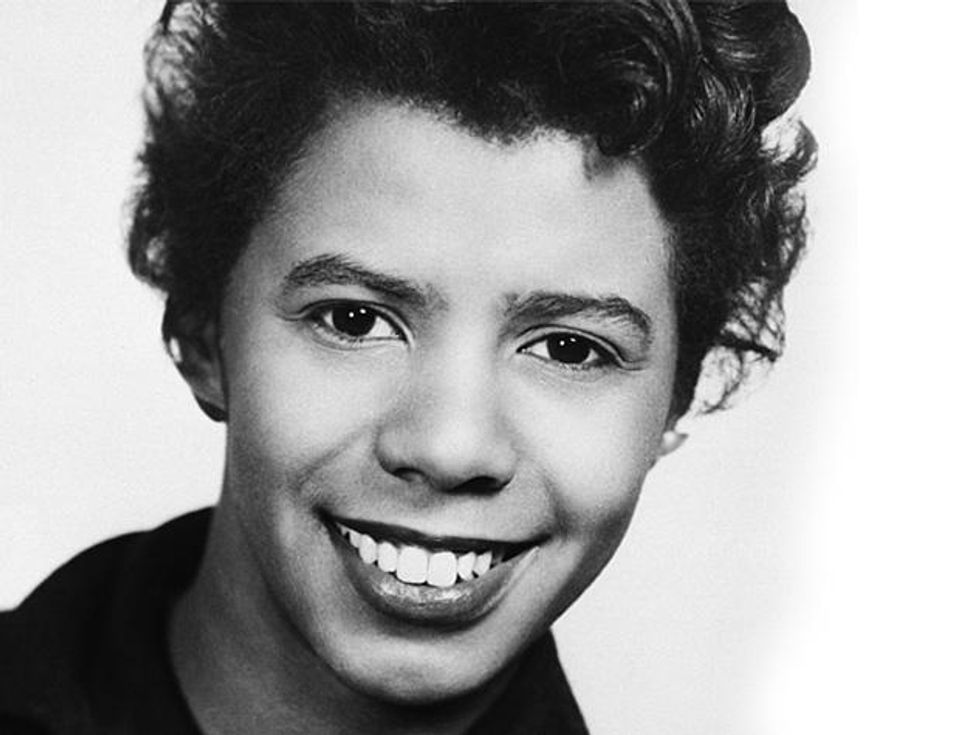
She felt a greater calling than college and left the University of Wisconsin to work in New York on Paul Robeson's political journal Freedom, where she met her husband Robert Nemiroff, who she married in 1962. But before that, she was a member of the Daughters of Bilitis, one of the earliest recorded lesbian organizations, and wrote entries to The Ladder, the organization's groundbreaking newsletter, in 1957. Hansberry signed with her initials, "L.H.," as was standard in the journal. She also wrote an unpublished letter to ONE magazine in 1961 urging gay men to accept feminists. It wasn't until after her death in 1965 at age 34, that the letters were revealed to have been written by Hansberry.
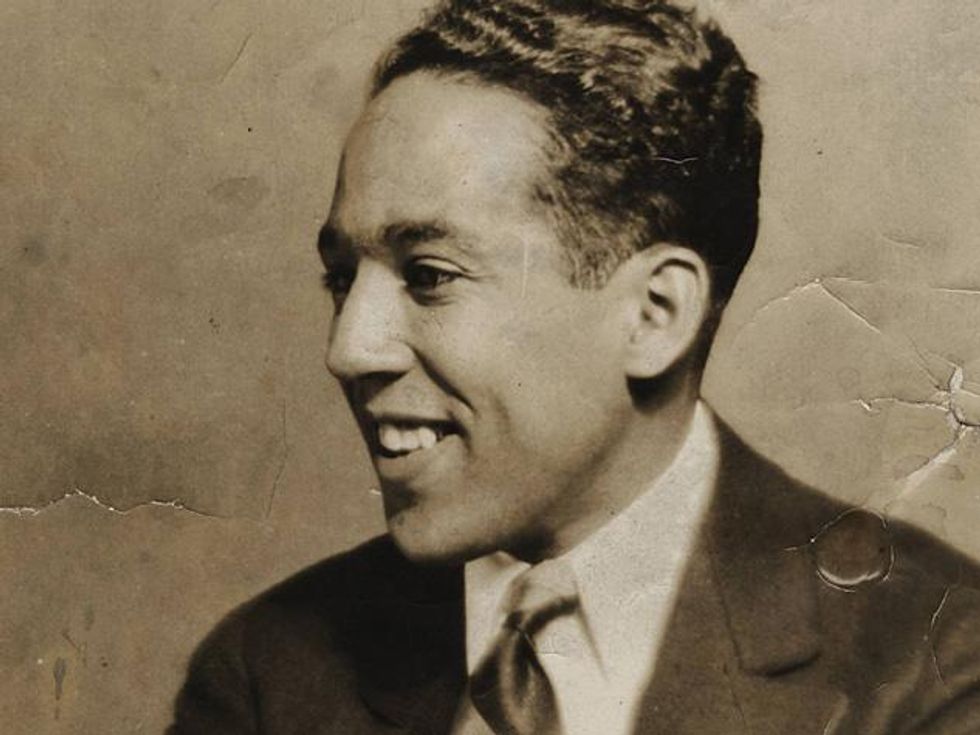
Langston Hughes
Langston Hughes's name is almost synonymous with the Harlem Renaissance. At a time when African-Americans across the country were struggling to find a foothold on par with the rest of society, Hughes and his contemporaries were flourishing in Harlem, writing, creating, and living lives that were expressive and revolutionary. He discovered the scene uptown while studying at Columbia University in New York, and eventually became one of the first black writers to support himself through writing with his accessible, relatable voice. He was known for stressing the message of "black is beautiful" and racial consciousness without anger, in a pre-Civil Rights world.
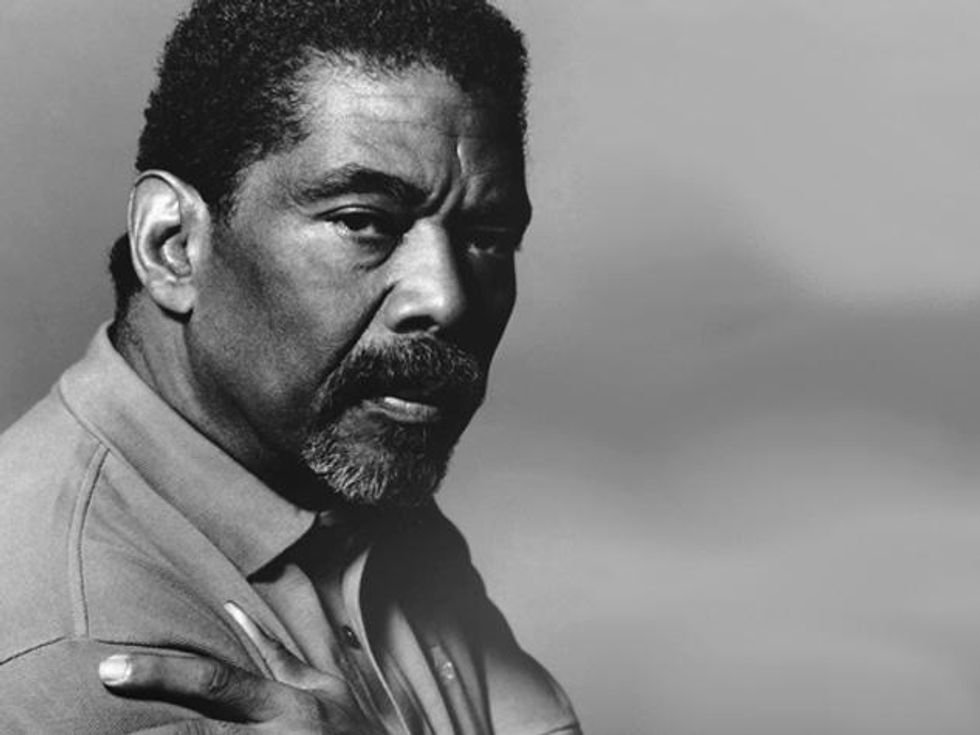
Alvin Ailey
Dancer and choreographer Alvin Ailey took advantage of history and emotion to create his celebratory, groundbreaking work. After years of training under greats like Martha Graham, and Lester Horton, he founded the Alvin Ailey American Dance Theater in 1958, giving a platform to tell the stories of blacks in Africa and America. Revelations, a celebration of religious spirit, premiered in 1980, and was one of his most well respected works that his company still performs three decades later. When Ailey died of complications from AIDS in 1989, the New York Times wrote, "you didn't need to have known [him] personally to have been touched by his humanity, enthusiasm, and exuberance and his courageous stand for multi-racial brotherhood."
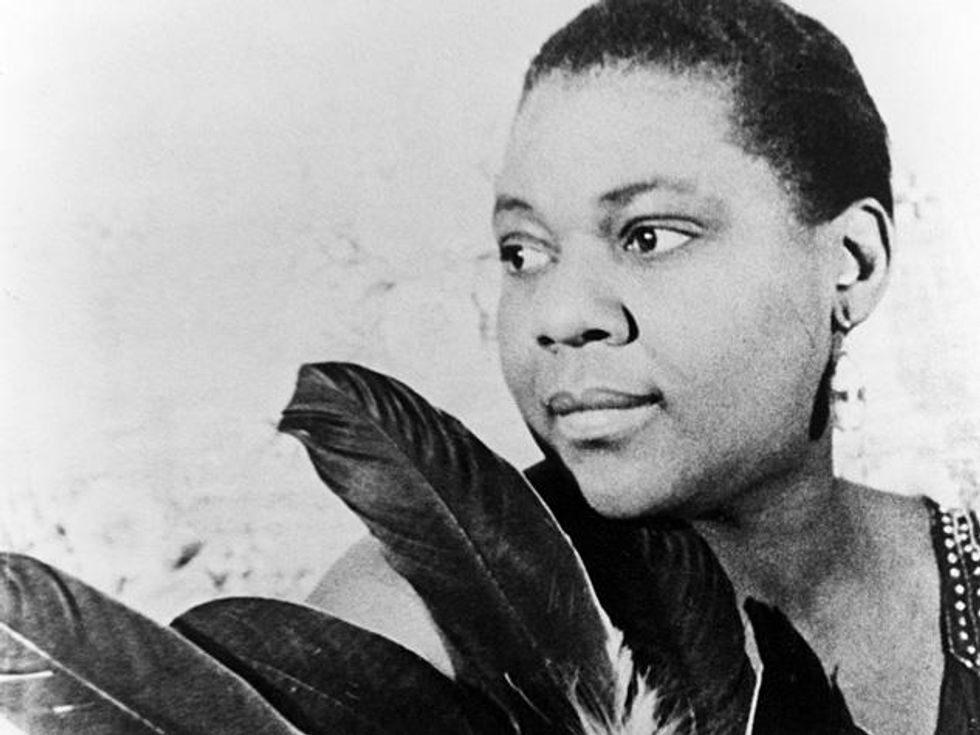
Bessie Smith
Jazz and blues singer Bessie Smith got her start as a dancer in minstrel shows and cabarets. Eventually, Smith created an extravagant traveling show of her own, drawing massive crowds and pulling in unprecedented income for a black woman. Smith, known as the "Empress of the Blues," sold heaps of records, played shows across the country, and ended up influencing countless musicians who followed her. She was known as bisexual, and is rumored to have had an intimate relationship with another successful blues singer, Ma Rainey. At the end of the 1920s, with the crash of the stock market came a divorce, the end of her contract with Columbia Records, and a downward spiral filled with alcohol. Still, she persevered and continued to tour, and was engaged to a man when she suffered fatal injuries from a car accident at age 43.
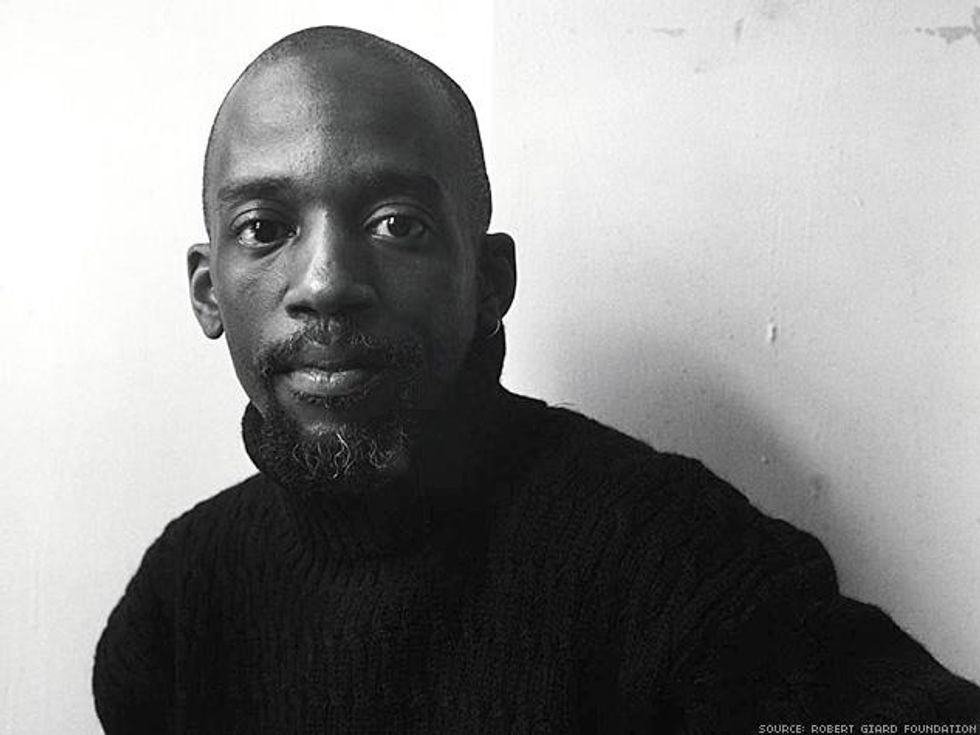
Essex Hemphill
Essex Hemphill first took to poetry as a Washington, D.C., teenager and didn't stop. In 1985 and 1986, Hemphill self-published his first books, but truly gained national attention when he appeared in the seminal anthology In The Life, a collection of writing by black, gay men in 1986. Thereafter, his poems were featured in two award-winning documentaries, Tongues Untied and Looking for Langston. Hemphill became known for his no-holds-barred handling of HIV/AIDS, race, and identity. He went on to win Lambda Literary Awards, and he was named a visiting scholar for the Getty Center for the History of Art and the Humanities in 1993. In the midst of a conservative Congress cracking down on publicly funded arts programs, he was named a fellow for the National Endowment for the Arts and received grants from the Pew Charitable Trust. In 1995, Hemphill died due to complications from AIDS.
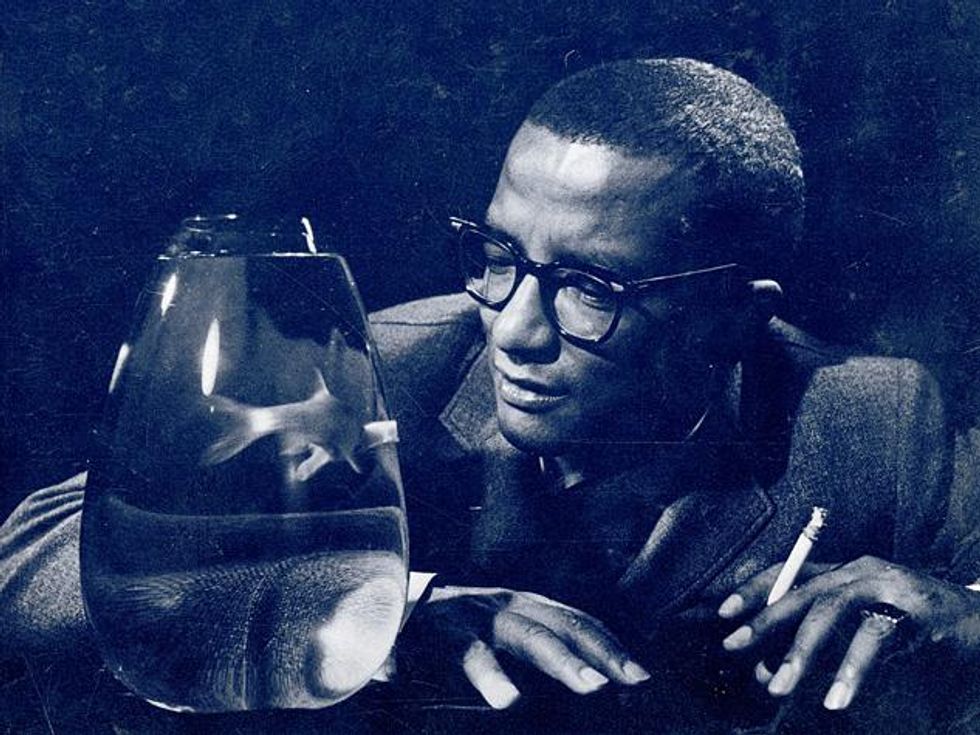
Want more breaking equality news & trending entertainment stories?
Check out our NEW 24/7 streaming service: the Advocate Channel!
Download the Advocate Channel App for your mobile phone and your favorite streaming device!